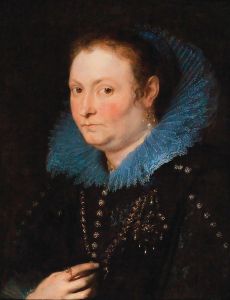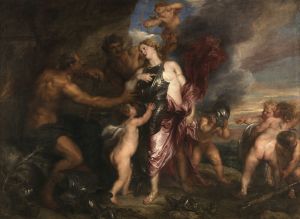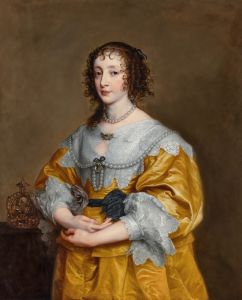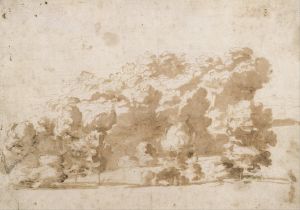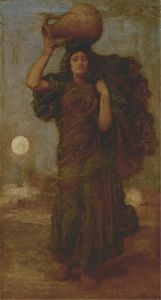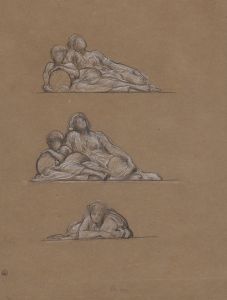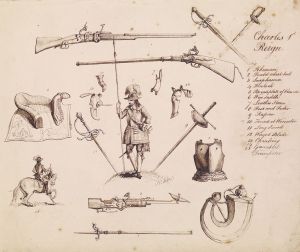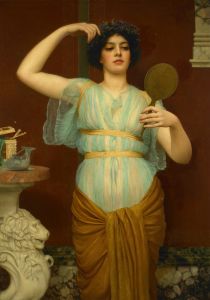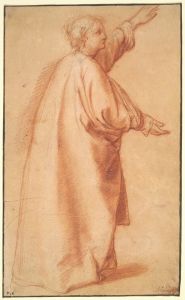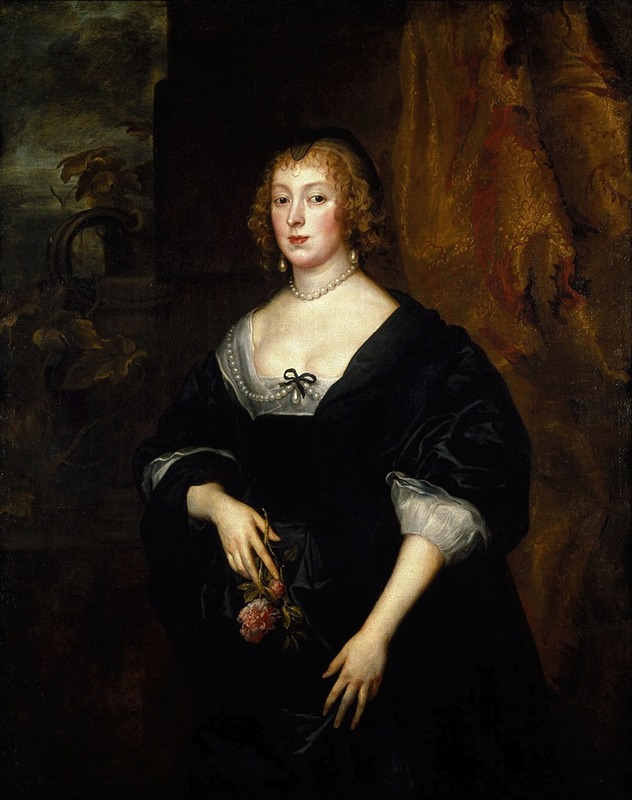
Lady Dacre
A hand-painted replica of Anthony van Dyck’s masterpiece Lady Dacre, meticulously crafted by professional artists to capture the true essence of the original. Each piece is created with museum-quality canvas and rare mineral pigments, carefully painted by experienced artists with delicate brushstrokes and rich, layered colors to perfectly recreate the texture of the original artwork. Unlike machine-printed reproductions, this hand-painted version brings the painting to life, infused with the artist’s emotions and skill in every stroke. Whether for personal collection or home decoration, it instantly elevates the artistic atmosphere of any space.
"Lady Dacre" is a portrait painting by the renowned Flemish artist Anthony van Dyck, who was active in the early 17th century. Van Dyck is celebrated for his portraits of European aristocracy and is considered one of the most prominent portraitists of his time. He was a leading court painter in England, where he worked for King Charles I, and his influence on English portraiture was profound and lasting.
The painting "Lady Dacre" is believed to have been created during van Dyck's time in England, which began in 1632 when he was appointed as the principal painter to King Charles I. Van Dyck's portraits are known for their elegance, sophistication, and the ability to convey the status and personality of the sitter. His style is characterized by a fluid brushwork, a keen attention to detail, and a masterful use of color and light.
In this particular portrait, van Dyck captures Lady Dacre with a sense of grace and nobility. The composition typically features the sitter in a poised and dignified manner, often with a serene expression. Van Dyck's portraits often include rich fabrics and intricate details in the clothing, which not only highlight the sitter's status but also showcase the artist's skill in rendering textures and materials.
The identity of Lady Dacre in this portrait refers to a title in the English peerage. The Dacre title has a long history, with several families having held it over the centuries. However, without specific historical records or inscriptions on the painting, the exact identity of the Lady Dacre depicted by van Dyck remains uncertain. This is not uncommon in historical portraiture, where the passage of time and lack of documentation can obscure the identities of the sitters.
Van Dyck's influence on portrait painting extended beyond his lifetime, as his style set a standard for elegance and sophistication that many later artists aspired to emulate. His work was instrumental in shaping the development of English portraiture, and his portraits remain highly regarded for their artistic merit and historical significance.
The painting "Lady Dacre" is an example of van Dyck's ability to capture the essence of his subjects, combining technical skill with an insightful portrayal of character. It reflects the cultural and social milieu of 17th-century England, offering a glimpse into the world of the aristocracy during that period.
Today, van Dyck's portraits, including "Lady Dacre," are held in high esteem and can be found in major art collections and museums around the world. They continue to be studied and admired for their artistic excellence and their contribution to the history of portraiture.








